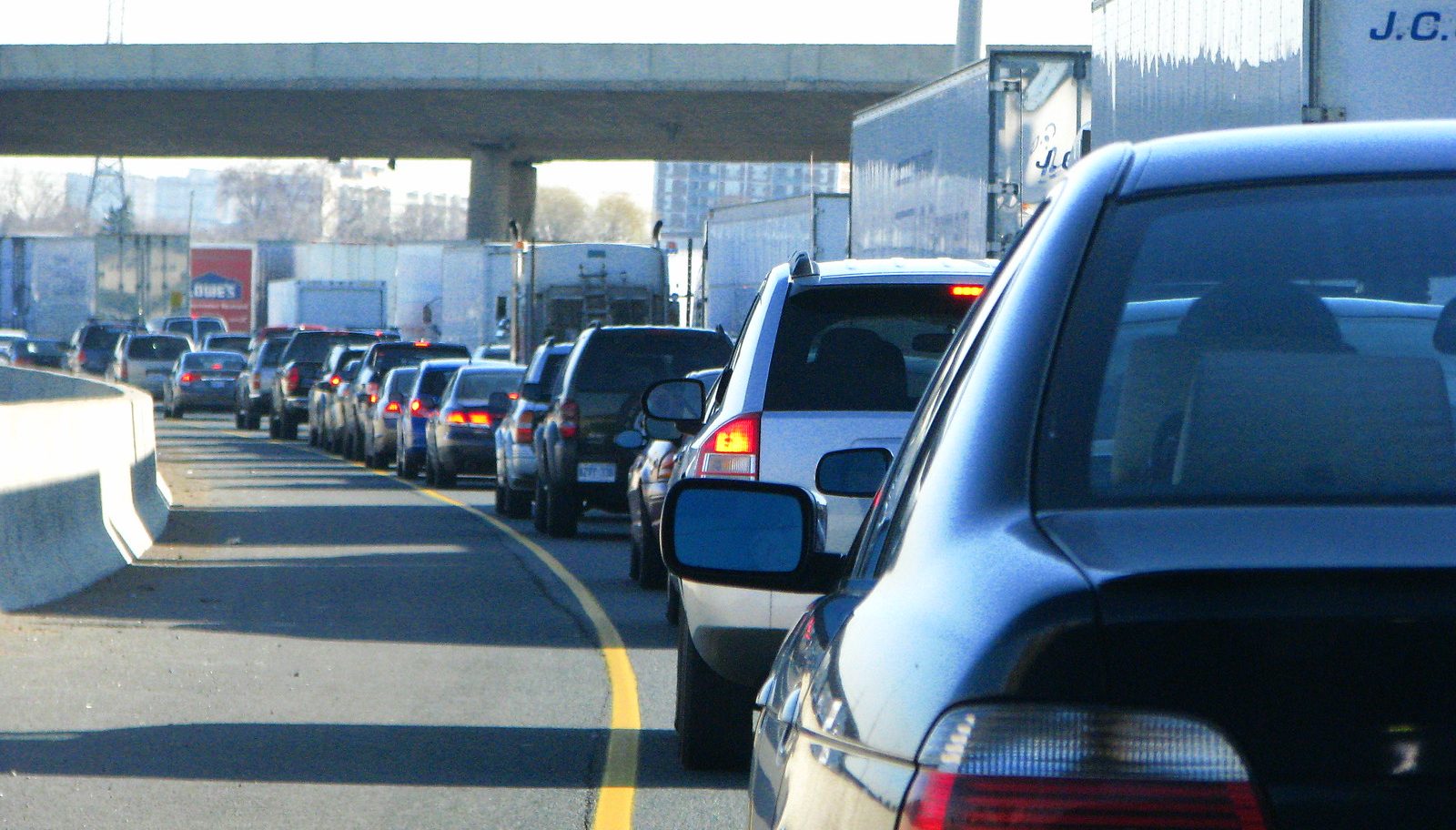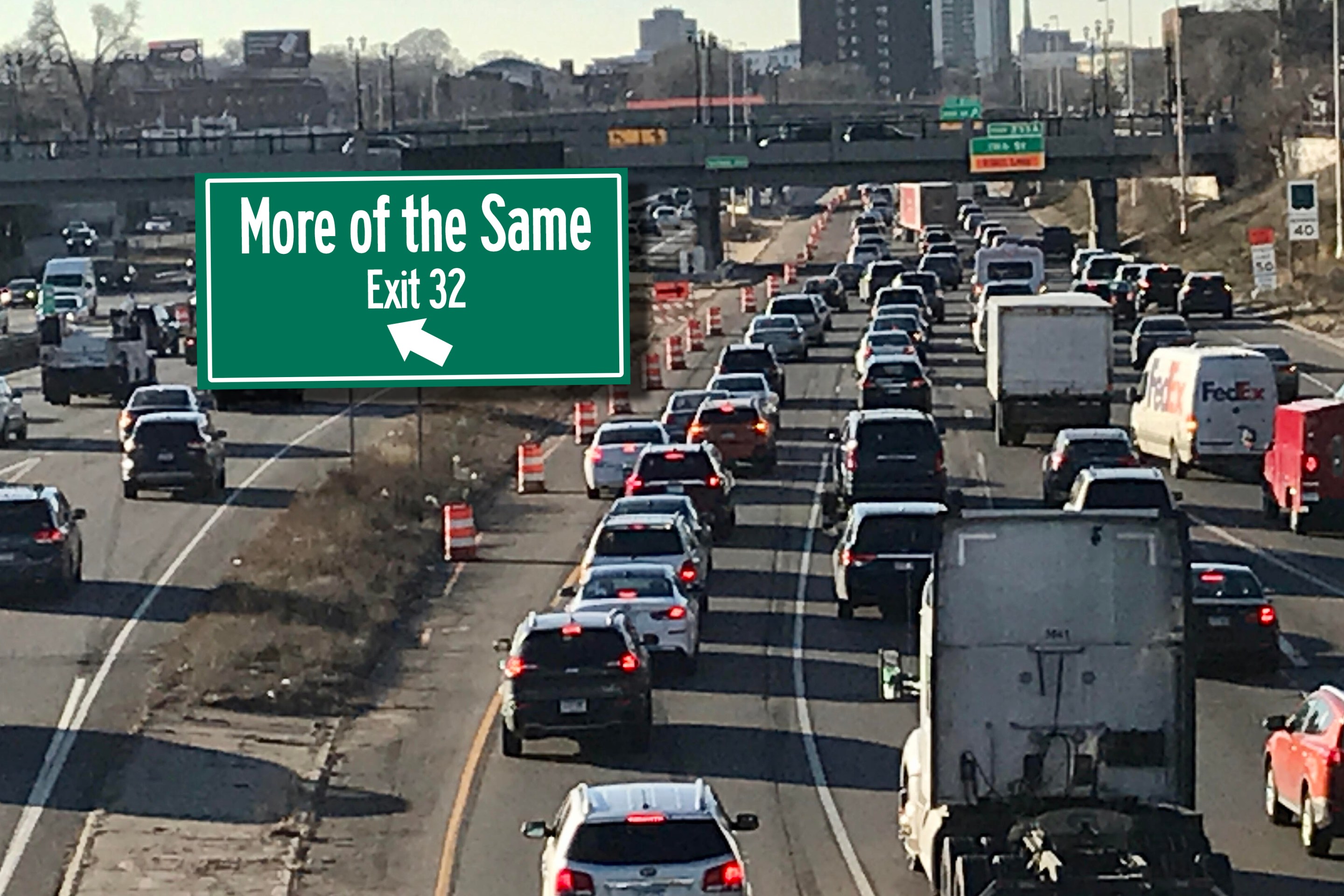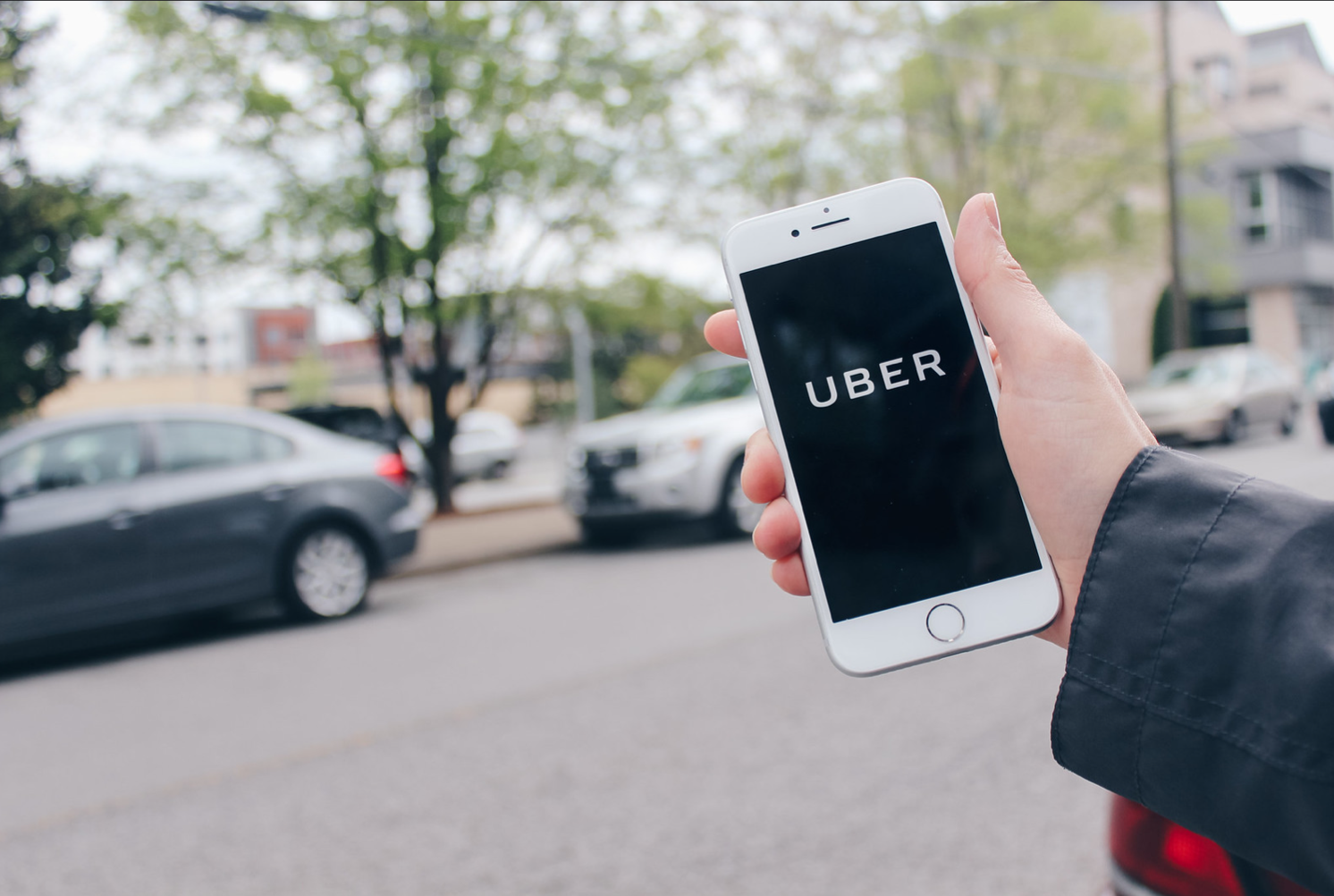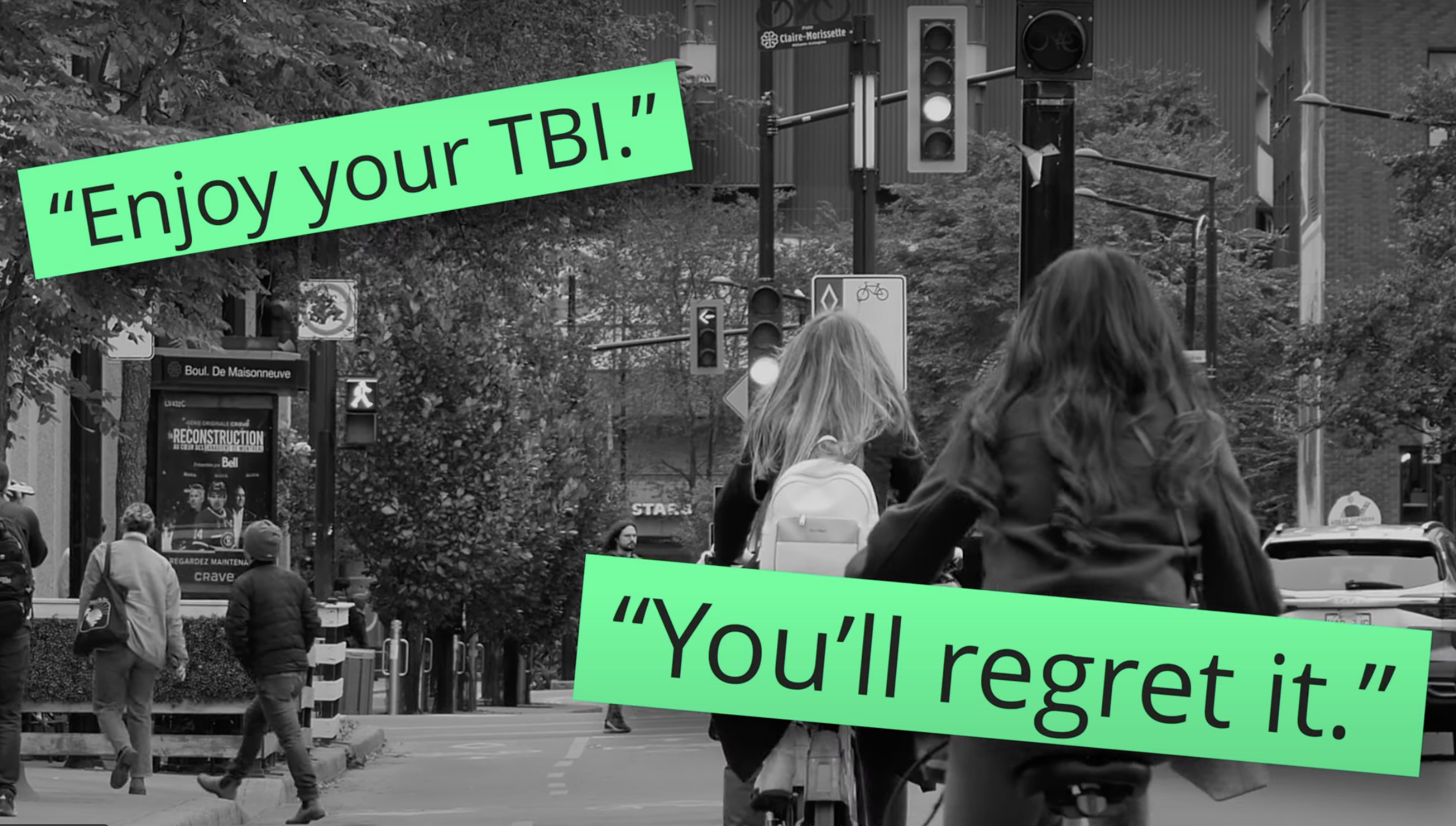Daily commutes via car have evolved into more than mere trips; they greatly influence both our mental and physical well-being. Research shows that relentless car journeys don’t just occupy our time, they significantly shape our mood and overall outlook on life. As more cars are added to roads worldwide, traffic congestion becomes more severe, as do the dangers and stress associated with daily car travel. How can this routine possibly benefit our well-being?
Routine driving affects health and quality of life
The impact of consistently commuting via car and experiencing traffic congestion on health is profound, affecting individuals physically, mentally and socially. Extended commutes, particularly in heavy traffic, are linked to increased stress and anxiety, and a decrease in life satisfaction, with those commuting over 30 minutes reporting significantly higher levels of stress.

Physically, the sedentary nature of long commutes contributes to obesity, Type 2 diabetes and cardiovascular diseases. The World Health Organization highlights physical inactivity, often experienced when sitting in a car, as a major global mortality risk. Commuters are also exposed to higher levels of air and noise pollution, exacerbating respiratory conditions like asthma and leading to more cases of heart disease.
The Health Effects Institute attributes 4.2 million premature deaths globally to air pollution annually. Additionally, noise exposure during commutes, often exceeding the World Health Organization’s recommended 53 decibels, can cause stress, poor concentration and is linked to 48,000 new cases of heart disease and 12,000 premature deaths every year in Europe. Research in the American Journal of Preventive Medicine shows that commutes over 10 miles are associated with higher blood pressure. Moreover, lengthy commutes erode social and family life, further diminishing mental well-being.

A study from Istanbul highlights the severe impact of traffic congestion in the city. Analyzing nine years of data, it found that residents spend an average of 80 minutes per day commuting. This congestion translates to about 3.5 years spent in traffic over a lifetime, with 2.5 years lost due to congestion alone. The implications are far-reaching, impacting productivity, fuel consumption and overall quality of life, while reducing time for physical exercise, social activities and relaxation.
A 2020 study investigated how traffic congestion impacts drivers’ behaviors not just during congestion, but also after it. Participants were observed under two scenarios: right after being in traffic and under normal traffic conditions. The study measured various aspects of driving through performance metrics like eye movement tracking and brain activity, particularly focusing on beta brainwaves which are crucial for active thinking and alertness. Interestingly, the study found a noticeable decrease in the power of beta brainwaves, indicating an altered cognitive state. This decrease suggests that drivers might become less mentally alert and more prone to aggressive behaviors once traffic clears.
Another study, on the impact of in-cabin air pollution on drivers’ ability to operate vehicles safely, found that poor air quality inside cars, due to external pollution and inadequate ventilation, can lead to decreased alertness and increased stress and aggression among drivers. This is largely because certain air filtration systems in vehicles are not entirely effective in filtering out fine particulate matter (PM2.5) and ultrafine particles, which are prevalent in heavy traffic areas.

These findings highlight the impact of vehicular emissions on air quality and public health, emphasizing the urgent need for sustainable strategies to mitigate traffic congestion.
Sustainable commutes benefit everyone
While walking and cycling offer direct health benefits through the release of endorphins, serotonin and oxytocin, enhancing mood and reducing stress, public transportation presents a different set of challenges and opportunities. High-quality public transit can offer a predictable and less stressful commute. However, its efficiency is often undermined by traffic congestion, which can extend travel times and reduce the reliability of service.
To truly make public transportation a more viable and appealing option, it’s essential to consider policies that discourage excessive use of private vehicles, promote investments in public transit infrastructure and help alleviate congestion, thereby improving the reliability and efficiency of public transportation.
Overall, abundant evidence underscores the mental health benefits linked to sustainable modes of transportation. A University of East Anglia study tracking 18,000 commuters over 18 years across the United Kingdom revealed that those who walked or cycled to work reported higher well-being levels compared to those who drove to work. Exploring commuter satisfaction, a study by McGill University surveyed nearly 3,400 individuals commuting to campus by various means. Participants rated their satisfaction across different seasons and modes, with walking, riding commuter rail and cycling receiving the highest satisfaction scores — surpassing driving and riding public buses. A notable finding was that rail commuters in this survey expressed even greater enjoyment of their journeys compared to cyclists, possibly due to the productivity afforded by riding the train.

The advantages of active commuting extend to children as well; research indicates improved mental health and academic performance for kids who walk or cycle to school. It is no coincidence that the Netherlands, where many children ride their bikes to school every day, including 80 percent of high school students, ranks highest in the world in child well-being. The daily bike rides enjoyed by Dutch children offer a unique mix of freedom, exploration and joy, vital for maintaining their well-being.
Inspired by these benefits, the Nurturing Neighbourhoods Challenge — an initiative by India’s Ministry of Housing and Urban Affairs in collaboration with the Bernard van Leer Foundation and WRI India — aims to create child-friendly environments. One such upcoming project in Coimbatore, Tamil Nadu, India, focuses on the RS Puram neighborhood.
Previously, the area faced issues like narrow sidewalks, shoulders encroached by parking and street poles, and a lack of clear and safe walking spaces or crossing provisions. Enhancements during the trial phase included obstruction-free footpaths, traffic buffers and comfortable bus stops. Safe pedestrian crossings, vehicle medians and pocket play spaces at intersections significantly improved access along the 300-meter road stretch connecting to the lakefront, promoting healthy commutes for young children and their caregivers.

Promoting walking and cycling not only improves our current health and well-being, but also sets the stage for future generations. By advocating for commuters to use active transportation, we challenge the prevailing assumption that driving is the default mode.
Various strategies can be employed to promote active transportation. Employers can provide incentives such as bike purchase subsidies, flexible work hours and amenities like secure bike parking and showers. City governments can prioritize the development of safer infrastructure, including dedicated bike lanes, low-speed zones and pedestrian-friendly streets. Public awareness campaigns can underscore the health and environmental benefits of walking and cycling, while community engagement ensures infrastructure enhancements are tailored to local needs. Education programs can promote safe practices in schools, workplaces and community centers. Moreover, partnerships and collaboration among stakeholders can amplify efforts to promote active transportation effectively.
It is essential for future generations to recognize the significance of walking and cycling, not just for our well-being today but for the well-being of our planet.
Editor’s note: This article originally appeared in The City Fix and is republished under a Creative Commons license.





